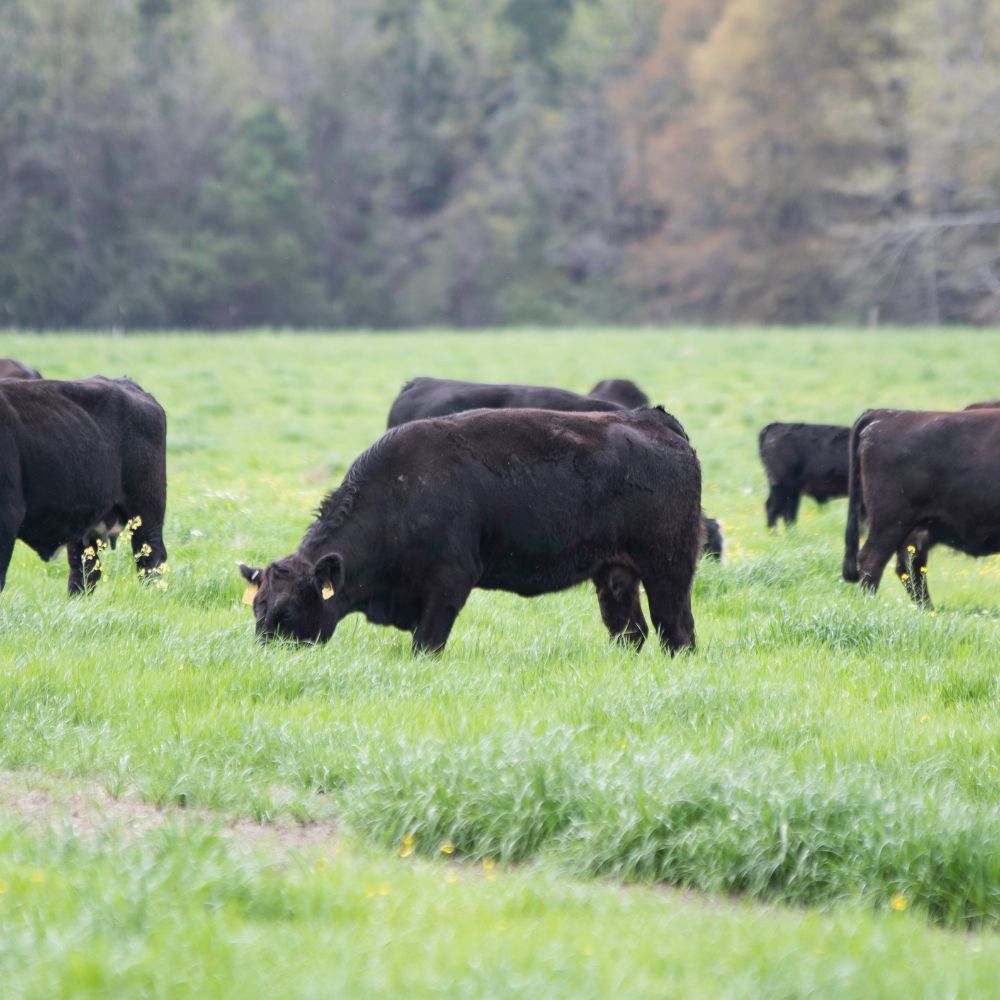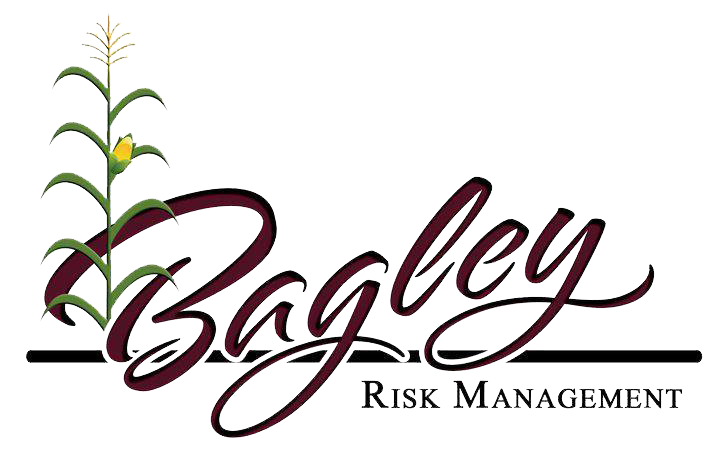Not known Factual Statements About Bagley Risk Management
Table of ContentsThe 9-Second Trick For Bagley Risk ManagementNot known Incorrect Statements About Bagley Risk Management The Best Guide To Bagley Risk ManagementExamine This Report about Bagley Risk ManagementThe Buzz on Bagley Risk ManagementThe Single Strategy To Use For Bagley Risk Management
When your contract reaches its end date, the last rate is computed making use of the CME Feeder Livestock Index. This is based upon sale barns throughout the Midwest (not simply your neighborhood market). If the index falls listed below your agreement's coverage cost, you may be paid the difference. Price Modification Aspects will apply.Livestock Danger Security (LRP) is a USDA subsidized insurance policy program that aids safeguard manufacturers from the dangers that come from market volatility. With LRP, manufacturers have the ability to guarantee a flooring rate for their livestock and are paid an indemnity if the market worth is less than the insured rate.
This item is meant for. Livestock risk protection.
Bagley Risk Management Can Be Fun For Everyone

In the last number of months, numerous people at FVC and PCM have gotten concerns from manufacturers on which risk management device, LRP vs. Futures, is much better for a pork producer? Like a lot of devices, the solution depends upon your procedure's objectives and situation. For this version of the Dr.'s Edge, we will certainly examine the circumstances that have a tendency to favor the LRP tool.
In Mike's analysis, he compared the LRP computation versus the future's market close for every day of the previous twenty years! The portion expressed for each and every month of the offered year in the initial section of the table is the percentage of days because month in which the LRP computation is less than the futures close or in various other words, the LRP would possibly indemnify even more than the futures market - https://www.anyflip.com/homepage/ojhqz#About. (Livestock risk protection insurance)
As an example, in January 2021, all the days of that month had LRP potentially paying more than the futures market. Conversely, in September 2021, all the days of that month had the futures market possibly paying more than LRP (zero days had LRP less than futures close). The propensity that dawns from Mike's analysis is that a SCE of a LRP has a greater likelihood of paying extra versus futures in the months of December to May while the futures market has a higher probability of paying a lot more in the months of June to November.
An Unbiased View of Bagley Risk Management

50 or $5. 00). As an example, in 2019, LRP was much better or within a $1. 25 of the futures market over 90% of the days in all the months other than June and August. Table 2 portrays the typical basis of the SCE LRP estimations versus the future's close for the offered time frameworks per year.
Once more, this information sustains more likelihood of an SCE of a LRP being better than futures in December with May for most years. As a common care with all analysis, past efficiency is NO warranty of future efficiency! It is vital that producers have accounting methods in location so they recognize their expense of manufacturing and can better establish when to make use of risk management devices.
The Ultimate Guide To Bagley Risk Management
Some on-farm feeders might be pondering the requirement for price security right now of year on calf bones maintained with the intent to feed them to a finish weight sometime Learn More Here in 2022, making use of offered feed sources. Regardless of solid fed livestock prices in the existing neighborhood market, feed expenses and current feeder calf worths still produce tight feeding margins progressing.
23 per cwt. The current average auction price for 500-600 pound steers in Nebraska is $176 per cwt. This recommends a break-even price of $127. 57 for the 1,400-pound guide in July of 2022. The June and August live cattle agreements on the CME are currently trading for $135. 58 and $134.
Cattle-feeding business often tend to have tight margins, like several farming enterprises, because of the competitive nature of business. Cattle feeders can bid more for inputs when fed cattle costs climb. https://worldcosplay.net/member/1717216. This boosts the price for feeder livestock, particularly, and rather increases the rates for feed and various other inputs
The smart Trick of Bagley Risk Management That Nobody is Talking About
Nebraska livestock are close to major processing centers. As a result, basis is favorable or absolutely no on fed livestock across much of the state.
Only in 2020 did the LRP insurance coverage rate go beyond the finishing worth by sufficient to cover the premium price. The net effect of having this LRP protection in 2019-20 was significant, including $17. 88 per cwt. down line. The result is a favorable average net result over all 5 years of $0.
37 The producer premium declines at reduced protection degrees yet so does the protection price. The impact is a lower web outcome (indemnity premium), as protection degree decreases. This mirrors lower effective levels of defense. Because producer costs are so low at reduced coverage levels, the producer loss proportions (indemnity/premium) increase as the protection level decreases.
5 Simple Techniques For Bagley Risk Management
Generally, a producer must consider LRP coverage as a system to shield output rate and subsequent revenue margins from a threat management standpoint. Nonetheless, some manufacturers make a situation for guaranteeing at the reduced levels of protection by focusing on the choice as a financial investment in risk administration defense.
